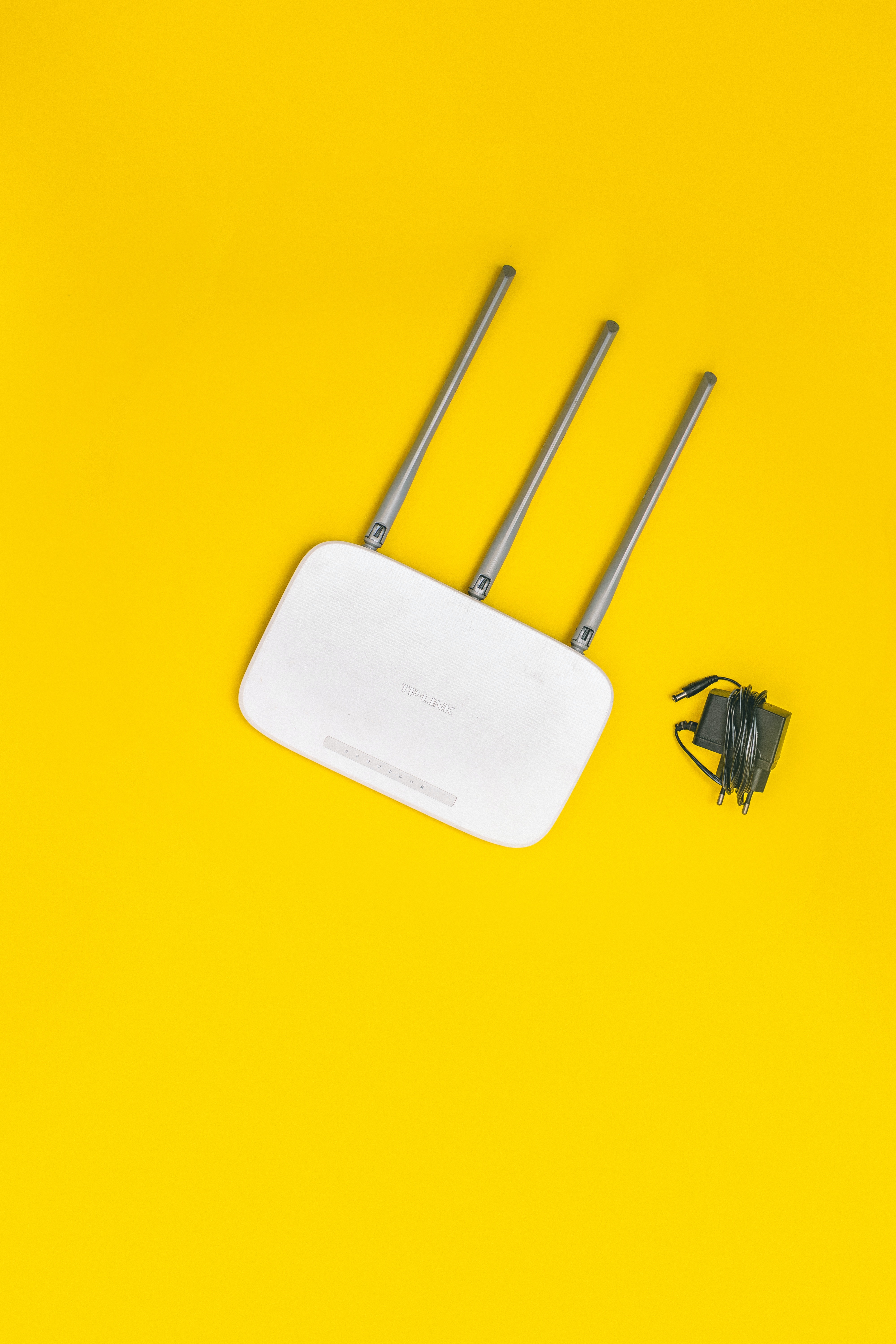Last week we blogged about 4G and 5G antennas – How to choose them and how to install them. If you are planning to choose and install your 4G/5G mobile broadband antenna yourself, then you might end up asking one or more of the below commonly asked questions.
As always, if you’re feeling unsure about which antenna you need or how best to install it, then perhaps consider calling in the experts.
Otherwise, let’s have a look at some of the questions that might arise when you’re installing a new 4G/5G mobile broadband antenna.
4G/5G Mobile Broadband Antennas – Frequently Asked Questions and Handy Hints
Q: My antenna works better on a window than it does outside – Why is this?
Unfortunately when it comes to installing 4G/5G mobile broadband antennas, the most logical solution isn’t necessarily the right one for your property. Hence why sometimes you might find that despite doing everything correctly, you find that your signal and data speed is better indoors (e.g. from your smartphone) than it is the correctly positioned external antenna. This could include getting a better signal and speed from an antenna on a window rather than the top of your property.
If you find yourself in a situation like this, then the best course of action is to understand the signal readings and bands being used as best you can at various locations around your property.
Remember that;
- Mobile signals can be affected by lots of things – Such as reflections from environmental objects and even the weather.
- The router you use can also mix things up by automatically switching bands which could result putting you on one with a slower speed.
The best way to get an idea of how your antenna and router are responding to the signal is to test different locations around your property and take some measurements.
Q: How do I know which is the best mobile service for my area?
There are a couple of ways you could go about this. If you have a friend or colleague on a different network to you, then you can ask to borrow their smartphone and test out the broadband speed in different locations.
For accurate results when doing this, try to ensure;
- You test out all the available networks
- Use a smartphone that is as up to date as possible
- Use a handset on a Pay Monthly SIM (they are less likely to have data restrictions that a PAYG)
You could also consider calling an expert to carry out these tests for you. Our friendly and knowledgeable engineers can visit your property (home or business) and perform no-obligation tests to ensure that a suitable 4G signal and speed can be achieved at your property, and advise on the best equipment and hardware to attain optimum speeds. We do this with specialist signal analysers that provide printable reports showing the best setup.
Q: What is Carrier Aggregation (LTE Advanced) and does my router need it?
Carrier Aggregation, or CA, means that the router can boost performance by combining several different radio spectrum bands at once.
You should find that most of the latest 5G networks and urban 4G deployments support CA.
Unfortunately it’s possible that some rural areas are not reached and so are not supported. However, it’s wise to buy kit that does support CA to ensure you are covered. You should get support for a good selection of bands and speeds from modern mobile routers.
Some things to look out for;
- Devices that support the 3GPP release 10 standard (they also support LTE-Advanced).
- From Release 12 and onwards, CA became much more refined.
- 5G features tend to start from Release 14 and onwards.
- LTE Categories – These can help you to identify the theoretical peak downlink and uplink speed of a 4G modem. The higher the category, the higher the download/ upload data handling capacity. Remember though, these are theoretical peaks and even on the best networks with optimum signal, lots of CA and capacity you might still not reach that peak.
Q: How do I know which connector I need for my 4G/5G mobile antenna?
Wouldn’t it be simple if all mobile routers and antennas came with the same external port type? Unfortunately, they don’t – In fact, some routers don’t even allow external antennas!
Before buying your kit, make sure that both the router and the antenna are compatible with each other in terms of connectors and sockets.
Types of connector you are likely to come across are:
- SMA (most common)
- TS-9
- CRC9
- RP-SMA
- TNC
- BNC
- N-Type
- MMCX
- FME
- U.FL.
Already bought the kit and found that the connectors don’t match up? Don’t panic – You should be able to buy an adaptor cable to convert two different types of connector.
Q: What is a CELL ID and how can I use it to fix performance issues?
A CELL_ID is the number your device will show for the mast or tower that it’s getting it’s signal from. So where you might not be able to see what band is being used (some devices and apps won’t show you this information) you can still see what the CELL_ID is and whether it changes.
If the CELL_ID number changes, this means that the signal is coming from a different source. This could indicate that the band has also changed. Monitoring this information can help you work out any issues with performance.
Q: I’ve got bad signal with good speed, and bad speed with good signal – What is happening?
Unfortunately, a good signal doesn’t automatically mean good speed. We know, it doesn’t seem fair does it?
The reason this can happen is that you could be receiving an excellent signal, but the band you are connected to is congested with lots of users.
You could also have great signal, but little capacity to carry data through not enough spectrum frequency.
It also works the other way – You could have a poor signal but find you’ve got decent speeds. Yes we know it seems bonkers. Mobile signals can be affected by various factors so the best thing to do is to keep on testing until you work it out! Or call in the experts and let us do the hard work for you.
Q: I can see I’ve got good mobile signal from the antenna, but I’m still having connection problems – Why?
Remember that your connection is only as good as your router. You could receive a strong, fast signal to your correctly located antenna, but the Wi-Fi (ie. the signal from your router to your device) is poor, resulting in connection problems.
Your mobile broadband router needs to be able to take the signal from your antenna and transfer it to your device. You can find more tips on how to fix common Wi-Fi problems (like your router location) on our blog.
How do you know whether it’s the antenna that’s the problem or the Wi-Fi? The easiest way to test where the issue is, is to plug your device into the router through a LAN port. If the signal and connection is still poor, then it’s your antenna. If the signal and connection is strong, then the problem lies with the Wi-Fi.
Hopefully this blog has helped iron out some of the commonly asked questions when it comes to installing a 4G/5G mobile broadband antenna and some of the issues you might run into.
If you are still feeling unsure about whether 4G/5G mobile broadband could be the right option for you, or you would like some expert help with choosing and installing the kit, please get in touch with our Wi-Fi experts today!






